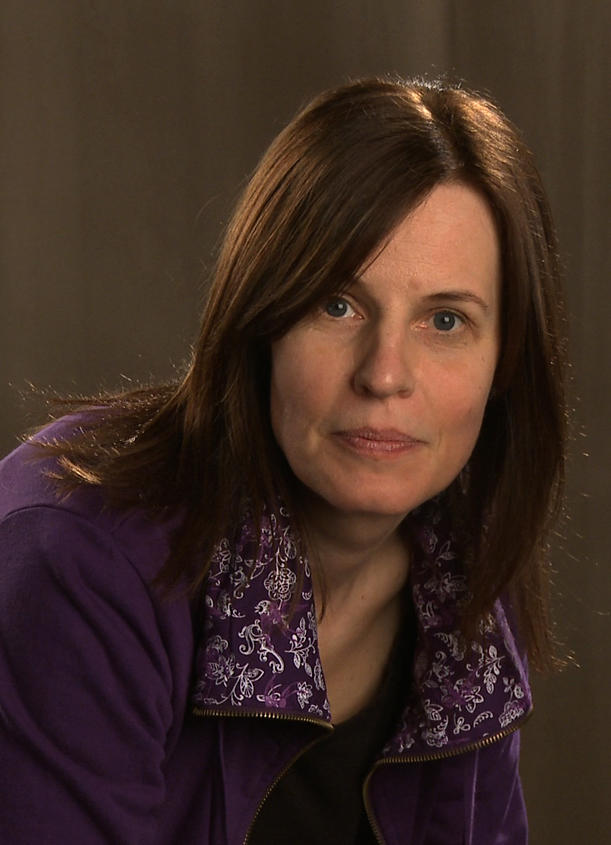ViSmedia – Visual Surveillance Technologies and Journalism
Interdisciplinary team of researchers investigates opportunities and dilemmas with visual surveillance technologies in the news media.

Main content
The fast growing, global dissemination of images and videos captured by surveillance technologies challenge journalism in new ways. On the one hand, general access to visual material from camera drones, wearables and other mobile technologies provide new opportunities for the transparency and accountability of journalism. On the other hand, the extended accessability and demand for such material challenges ethical boundaries and principles of personal protection in the news media.
The project ViSmedia (Responsible Adoption of Visual Surveillance Technologies in the News Media) builds on the RRI (Responsible Research and Innovation), a framework developed by the EU, and investigates opportunities and dilemmas of adoption, innovation, and use of new visual surveillance technologies in the news media. ViSmedia is financed by the Norwegian Research Council’s program SAMANSVAR (2015-2019),, and the leader of the project is Professor Astrid Gynnild.
On a global scale, the demand for, as well as the production of, visual material produced by surveillance cameras, drones, and other mobile technologies is rapidly increasing. The media industry profits from the increasing access to user generated images and video clips, which, in turn, provide journalism with an array of new opportunities. At the same time, however, the new visual technologies challenge fundamental aspects of societal security and contribute to eliminating the boundaries between the private and the public.
The ViSmedia project investigates empirically, experimentally, and conceptually how the adoption and innovation of visual surveillance technologies in the news media might be optimized, and how such optimization can be done in ways that incorporate and integrate high quality journalism and societal responsibility. The project is interdisciplinary, and the core group of researchers includes social scientists from Norway, USA, and Finland. The project is connected to NCE Media and the media cluster Media City Bergen. Several research activities, including seminars and workshops, will take place in Media City Bergen
